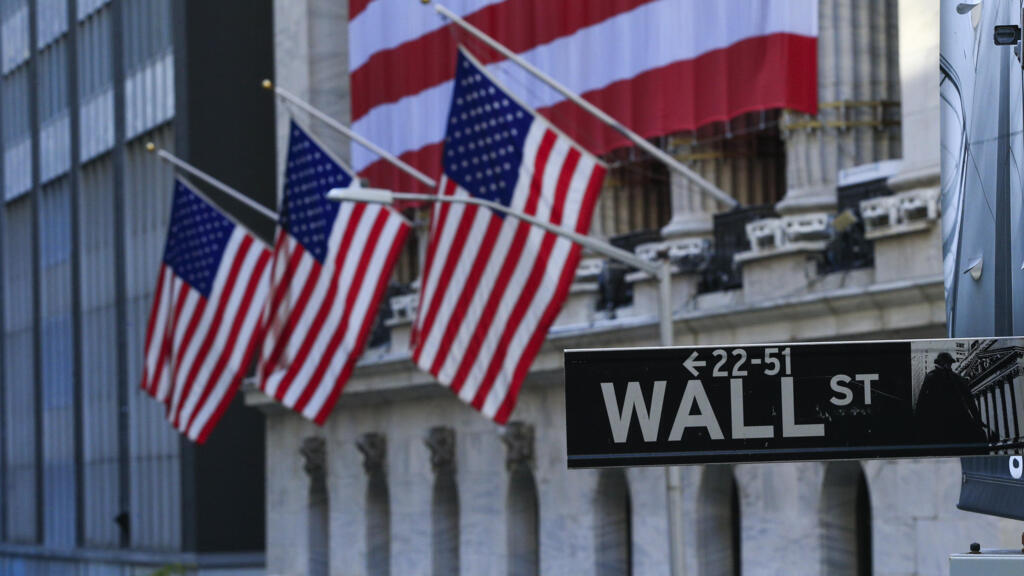Is the era of "trading as financial management" upon us? CEXs launch a war of interest-earning subsidies.
This article is machine translated
Show original
Today, a news about "Coinbase updates derivatives rules, offering tiered subsidies for USDC used as contract collateral, with a maximum annual subsidy of 12%" has sparked widespread discussion in the community.
Chinese KOL benmo.eth first disclosed this update on X, commenting: "This product directly targets fund fee products like BFUSD and USDE. Under low fee rates, the rewards have already reversed. For example, if you have 1 million USDC as margin and open a BTC long contract worth 2 million, your 1 million USDC will naturally earn an 8% annual yield; if you have 10 million USDC margin for a 20 million contract, your 10 million USDC will receive a 12% annual yield. In the increasingly competitive derivatives market, Circle and Coinbase are directly providing cash subsidies to expand the market, with Circle seeking USDC's position in derivatives. This move has significant strategic importance and further intensifies the red ocean battle in the fund fee market."
As described, Coinbase's update is actually targeting Binance's BFUSD, but without currency exchange, the model is relatively more direct.
So-called BFUSD is a reward-based margin asset launched by Binance at the end of last year for professional contract users. Users only need to hold BFUSD to continuously earn income while using this stablecoin as contract account margin, achieving "earn while using". As shown in the image, although the current BFUSD base annual yield is "only" 5.82%, historical data shows it has multiple times exceeded 10%.
Coincidentally, OKX has recently launched a similar function that breaks down the barriers between trading and financial management, with an even more aggressive model - covering spot trading in addition to contracts.
On August 15, OKX announced the launch of an "automatic coin earning" feature for VIP users. This feature allows users to automatically lend assets in their trading account without affecting assets used for pledging and trading margin - most importantly, assets for pending orders or cross margin can also automatically earn coins. The feature currently only supports USDT, applicable to spot, contract, cross-margin, portfolio margin, and other account modes, with more currencies to be gradually opened.
For a long time, to meet risk isolation needs, major centralized exchanges have generally adopted account zoning design - trading accounts and financial management accounts are mutually independent (even spot trading and contract trading under the trading account are independent). Although fund transfers between different accounts are not hindered, this isolation design prevents users from balancing "trading" and "financial management". In general scenarios, users can choose to "trade when needed, manage finances when idle", but when placing orders or opening positions, they must give up financial management income for the corresponding time period.
In essence, this is a "decision dilemma" faced by exchange users: should assets be kept in the trading account ready to capture market opportunities, or transferred to the financial management account to earn stable returns? Pursuing returns means funds cannot be used flexibly for a certain period, while maintaining liquidity means giving up potential interest returns.
For many years, this paradigm has been widely accepted by users, but habit does not mean perfection. From a product perspective, there is clearly room for optimization.
With top exchanges like Binance, Coinbase, and OKX launching targeted new features, this paradigm that has persisted for years is being completely overturned. From the user's perspective, this means the above "decision dilemma" will be broken, and funds will achieve higher utilization efficiency and income-generating capabilities. From the exchange's perspective, this may signal the formation of a new product standard, with the boundaries between trading and financial management accounts becoming increasingly blurred, and "trading is financial management" potentially becoming a standard feature for exchanges.
In summary, being able to balance trading and financial management needs in a simpler way is obviously good news for countless exchange users, and this is all thanks to the competition among exchanges for users and funds. In the ongoing competition on the trading track, whoever can better empower users will win user favor. Looking ahead, as cryptocurrency compliance deepens, more new players will enter, and track competition will only become more intense. As an ordinary user, one can only hope they "compete even more intensely".
Sector:

Source
Disclaimer: The content above is only the author's opinion which does not represent any position of Followin, and is not intended as, and shall not be understood or construed as, investment advice from Followin.
Like
Add to Favorites
Comments
Share






